The International Space Station is visible in the night sky to the naked eye if you know when and where to look.
The Space Station's orbit takes it over the heads of around 90% of the world’s population, so chances are it has already passed above you without you knowing.
It circles the globe every 90 minutes, granting the crew 16 sunrises and sunsets every day, and giving viewers from Earth plenty of opportunities to catch a super-bright overhead pass.
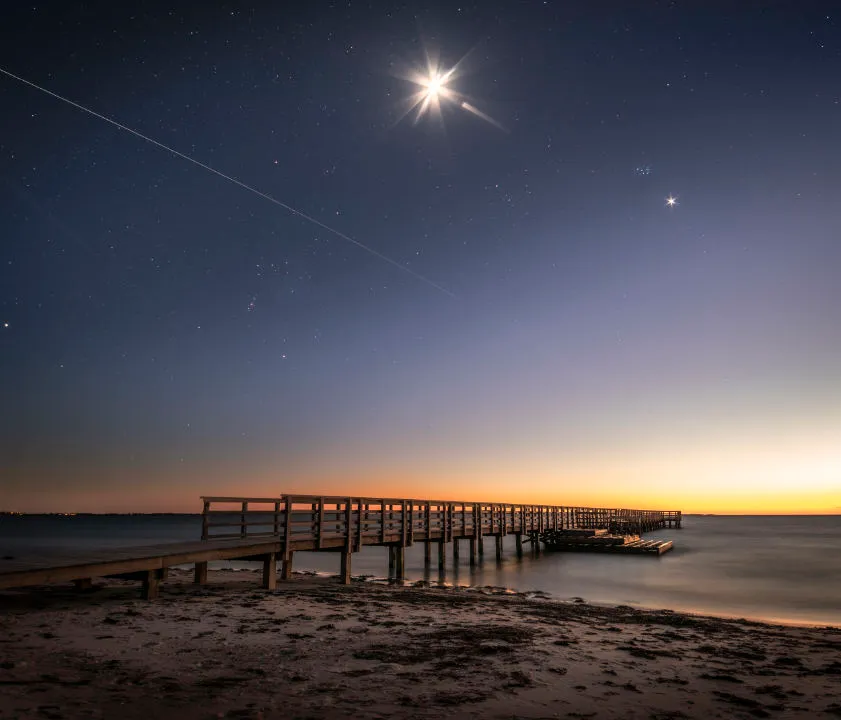
When to see the Space Station
If you want to catch a glimpse, timing is key. In the middle of the day the sky is too bright to see it, then in the middle of the night it passes into the shadow of Earth.
The best sightings occur in the evening shortly after sunset, when the Sun has slipped below your horizon but there’s still enough light to reflect off the station’s solar panels.
Early morning before sunrise is another good time.
The ISS travels at about 28,000km/h (17,500mph) and on a good clear pass it takes about six minutes to rise from one horizon, pass overhead and then disappear into Earth’s shadow.

There are lots of ways to work out the exact time the International Space Station will be passing over your location.
NASA’s Spot the Station allows you to sign up for emails or text alerts for ISS passes visible from where you are.
However, these might include less-than-optimal passes, such as those very low to the horizon.
Meteorwatch.org has a useful calendar focusing on the best high and bright Space Station passes over the UK, while heavens-above.com lets you add your location before showing you the times and directions of upcoming visible passes.
here are also several apps that track the ISS, including ISS Detector, Sputnik!, ISS Live Now, GoISSWatch and ISS onLive.
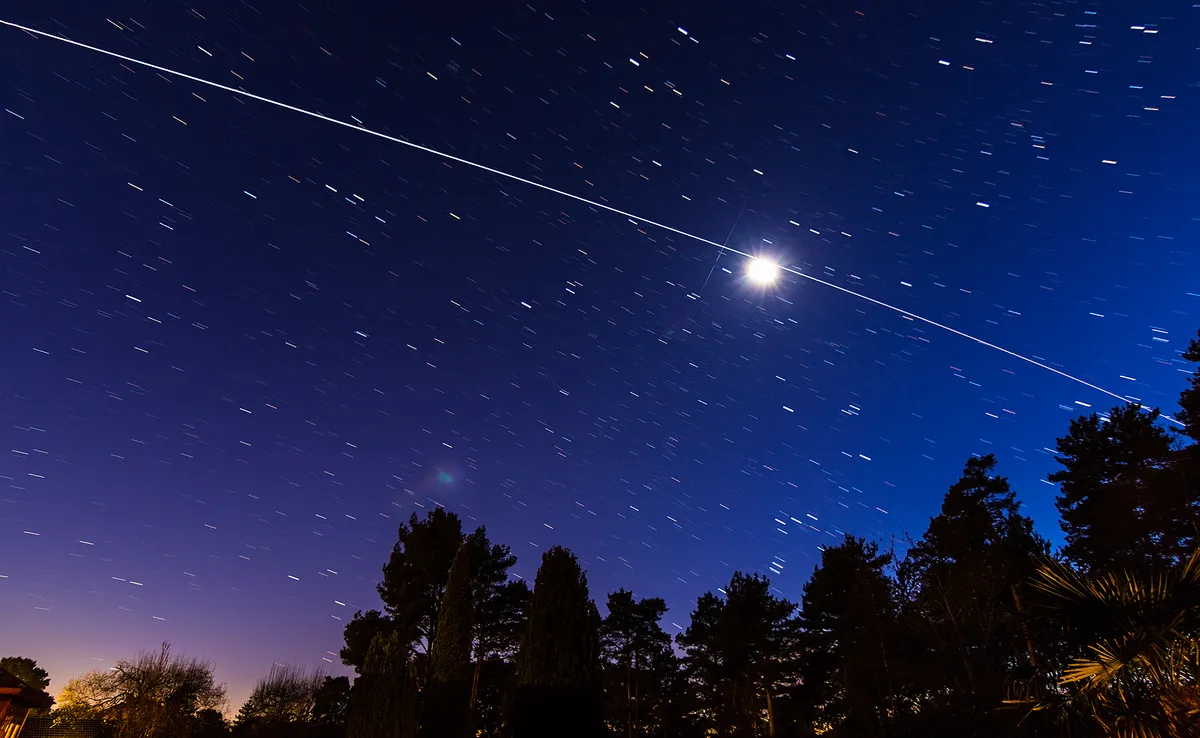
Where to observe from
Once you’ve found a good International Space Station pass to observe (and checked it won’t be clouded out), you’ll want to find the best location to view the station.
A pass can still wow even from a city back garden, but if you can position yourself in a spot with a wide horizon-to-horizon vista, you’ll get a longer view before the ISS gets blocked by houses or trees.
The Space Station is very bright, typically between mag –1.0 and –4.0, making it brighter than even the brightest stars, so light pollution shouldn’t be a problem.
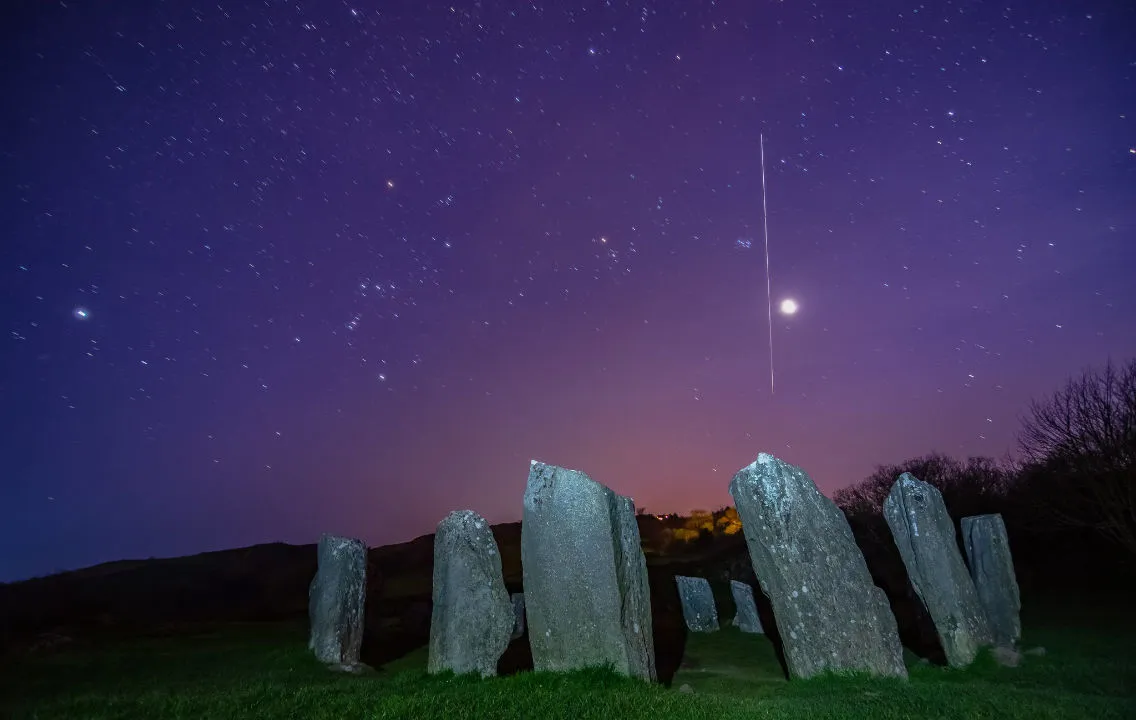
Seeing the Space Station in the sky
Passes of the International Space Station always start from a westerly direction, so you’ll want to look that way.
Look out for a bright white light travelling silently and smoothly across the sky.
If you see flashing lights, you’re looking at an aircraft, not the ISS; the ISS has no visible flashing lights whatsoever.
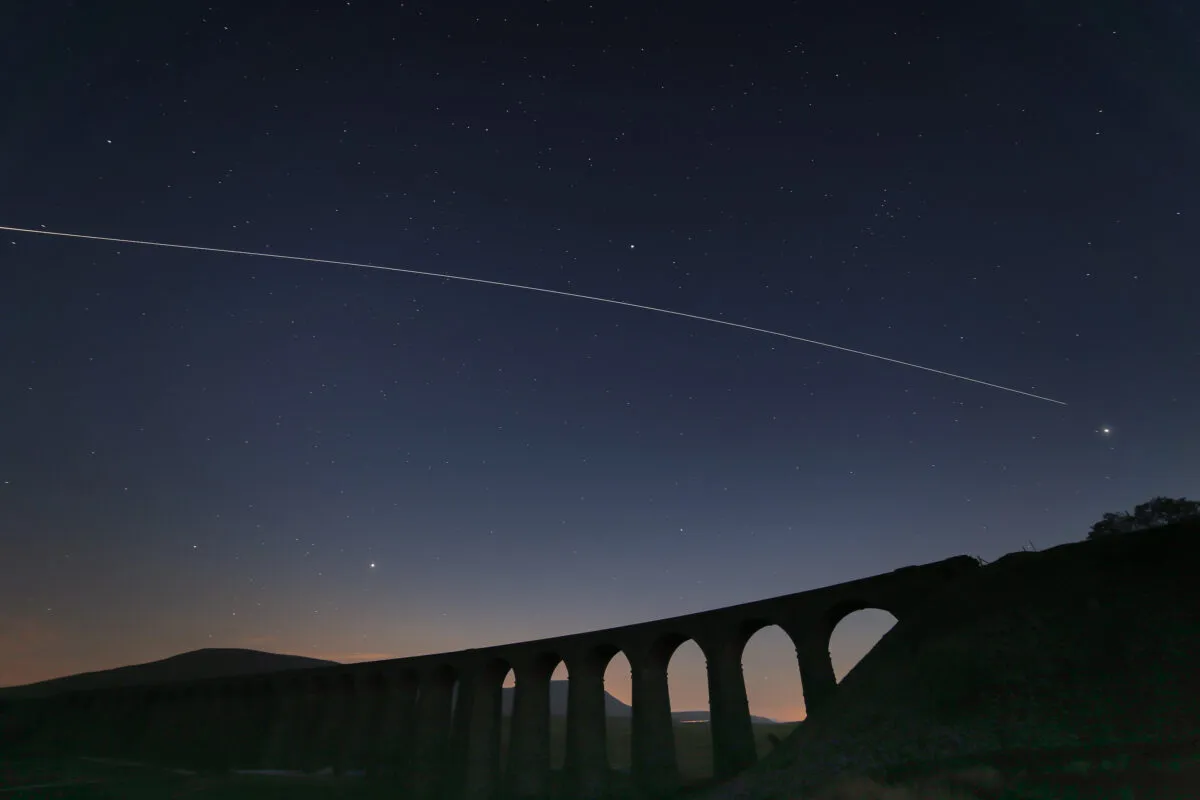
If you have a pair of binoculars, then you can get a closer look by fixing your eyes on the light of the station and lifting your binoculars into position to view the same spot.
You won’t be able to make out the shape of the station, but it will make it appear brighter.
The station moves so fast it quickly passes through the field of view of a telescope, meaning you can leave the scope behind (unless you’re planning on taking a photo of the International Space Station.
Once you’ve caught the station, all you need do is sit back and enjoy the pass, perhaps offering a wave to the astronauts travelling overhead.
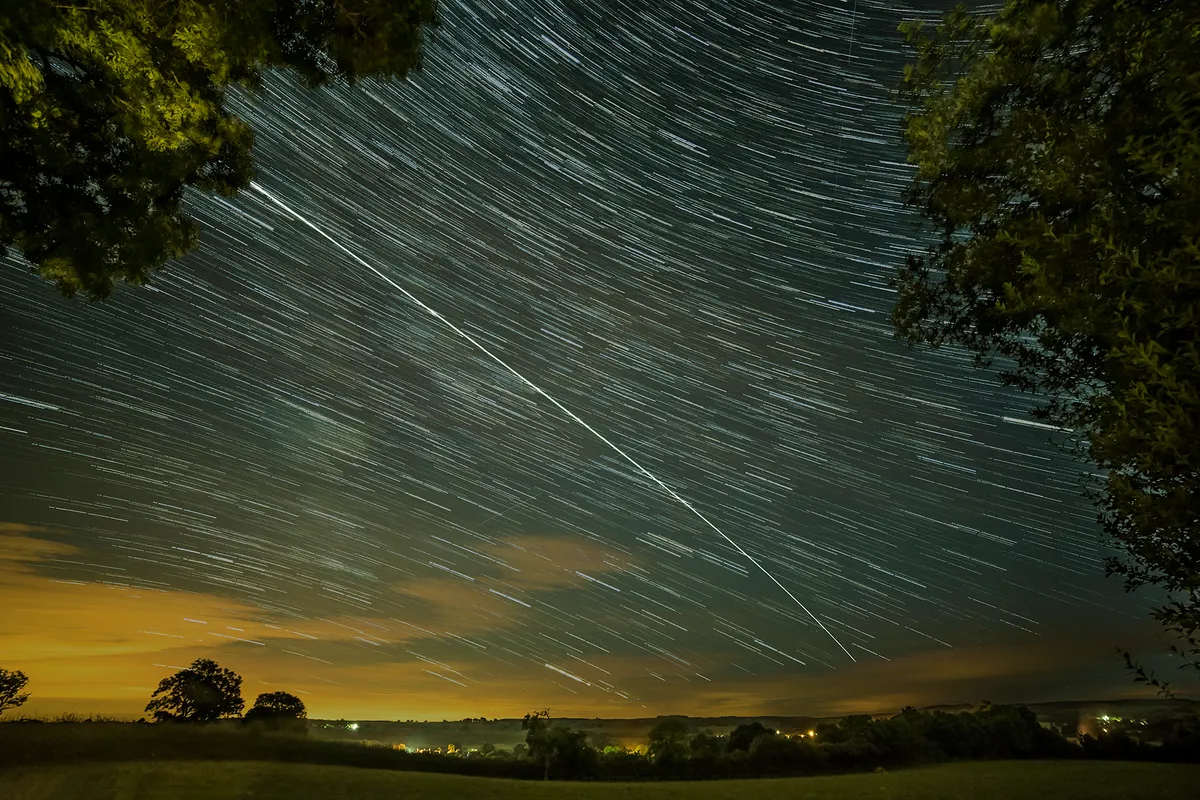
How to photograph the International Space Station
To capture the light trail with a DSLR, use a tripod and preferably a wide-angle lens that has its focus set to infinity.
Try exposures of 30 seconds or more at ISO 125, f/8, but some trial and error will be needed!
With a smartphone, NightCap Camera app (iOS) has a setting for capturing bright satellites such as the ISS. Read our full NightCap review.
On Android, Camera FV-5 may yield good results. Again, using a tripod will help.
Find out more by reading our guide on how to take a photo of the International Space Station.
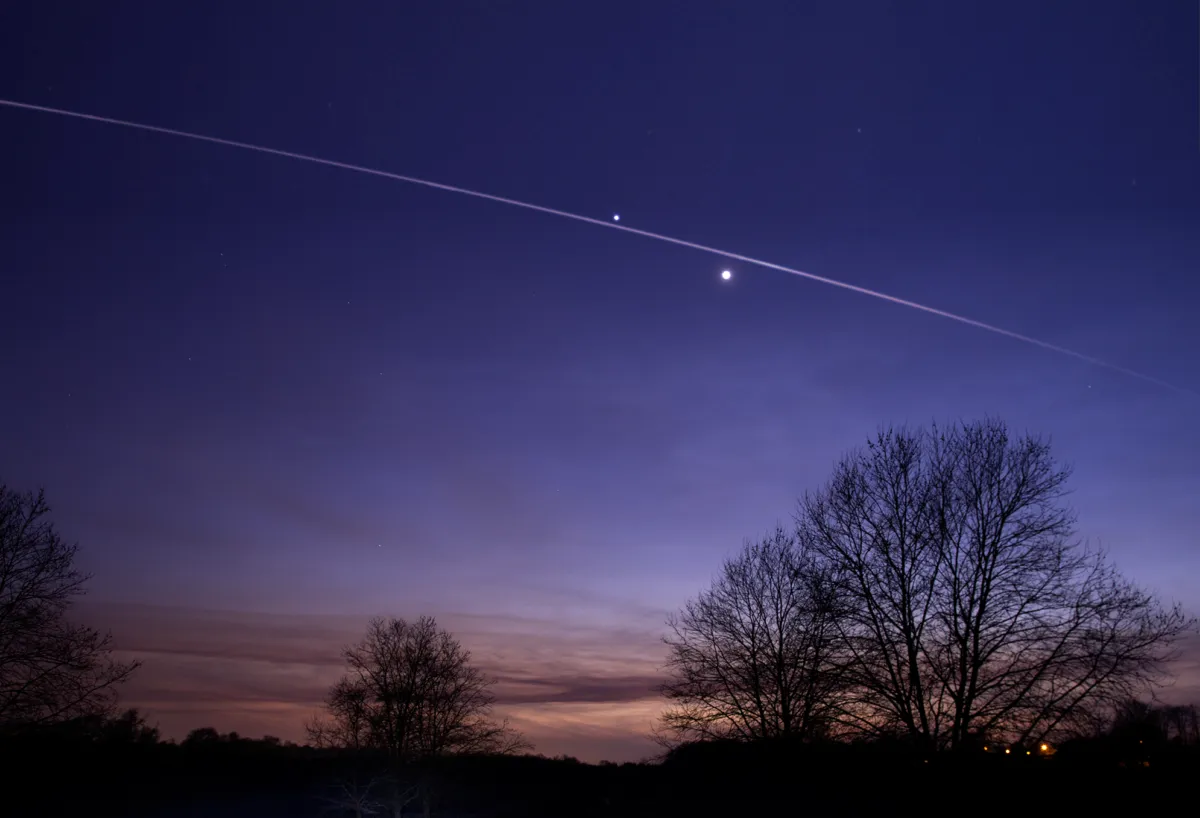
More info about the Space Station
There's lots of information and news online about what's actually happening on the International Space Station. Visit NASA's ISS webpage to find out who's up there now.
Or NASA also has a full online launch schedule so you can see who or what is coming to and from the space station.
You can also take an online tour of the ISS with NASA astronaut Suni Williams, or take a 3D tour of the space space station courtesy of the European Space Agency.
Or try this interactive panoramic tour of the ISS.
Have you managed to spot the International Space Station or capture a photograph of it? Let us know by contacting us via email, or on Facebook, Twitter and Instagram.

